Dump trailers serve a variety of purposes, from moving heavy construction materials to transporting waste. To maximize their versatility and efficiency, adding loading ramps can facilitate the seamless loading and unloading of equipment and materials. In this guide, we will explore the essential aspects of building effective dump trailer loading ramps, providing you with a comprehensive blueprint that covers everything from design considerations to material selection.
Understanding Your Needs
1. Assessing the Purpose of Your Ramps
Before diving into the construction phase, it’s crucial to evaluate the primary purpose of your loading ramps. Common applications include:
- Heavy Equipment Loading: For construction machinery such as excavators or skid steers.
- Bulk Materials: Loading gravel, soil, or sand using a dump trailer’s hydraulic lift.
- Waste Removal: Efficiently loading debris, scrap metal, or recyclables.
Understanding the intended application will dictate the design and structural requirements of your ramps.
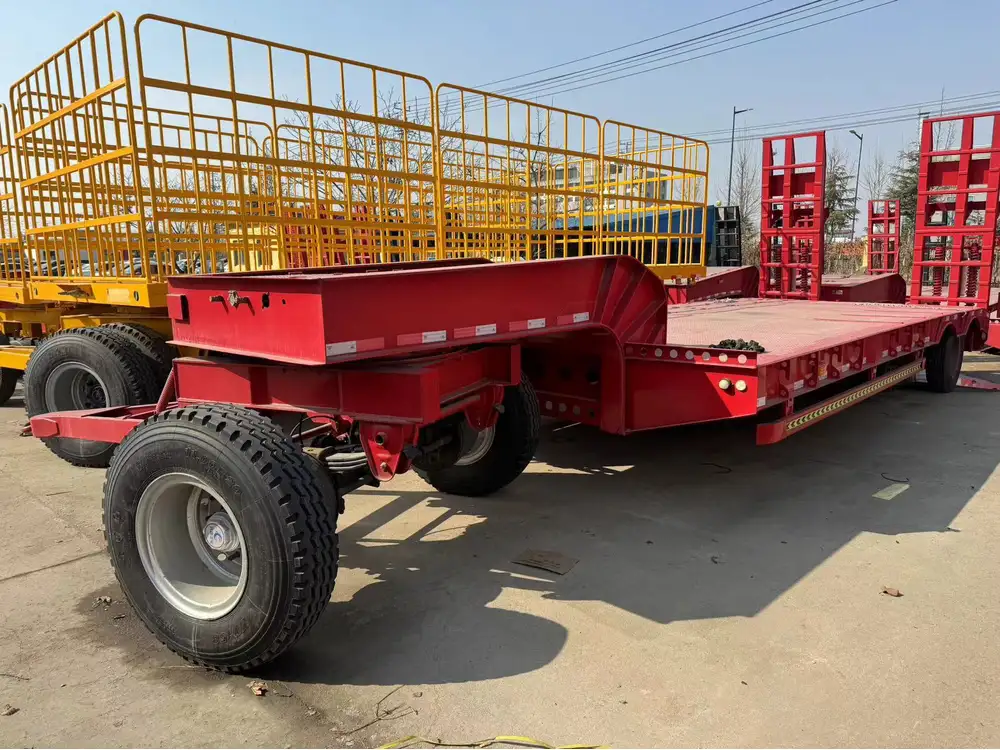
2. Weight Capacity Requirements
The weight capacity of the loading ramps is a critical specification. It directly affects the choice of materials and the overall ramp design. Calculate the maximum load you anticipate moving:
| Material Type | Average Weight per Cubic Yard | Estimated Load Weight |
|---|---|---|
| Dirt | 1,200 lbs | 2,400 lbs |
| Concrete | 2,400 lbs | 4,800 lbs |
| Gravel | 1,500 lbs | 3,000 lbs |
| Scrap Metal | 1,100 lbs | 2,200 lbs |
Ensure your ramp design can support at least 20% more than your estimated load weight for safety and durability.
Designing Your Ramps
1. Ramp Dimensions
The dimensions of the ramps will significantly impact their usability. Here are the key design elements to consider:
- Length: Longer ramps reduce the incline angle, facilitating easier loading. A minimum length of 10 to 12 feet is recommended for heavy loads.
- Width: The width should accommodate the equipment or materials being loaded, typically ranging from 48 inches to 72 inches.
Incline Angle: Maintain an incline angle of no more than 15 degrees to ensure stability. Use the following formula to determine the optimal length based on height:
[ \text{Length} = \frac{\text{Height}}{\tan(\text{Angle})} ]

2. Ramp Structure
A sturdy ramp structure is paramount. Consider the following structural components:
- Side Rails: These should run along the length of the ramp to prevent sliding off during loading.
- Cross Bracing: Add cross braces to enhance rigidity and strength, especially for longer ramps.
- Footings: Secure footings at the base of each ramp to stabilize them during loading.
3. Ramp Surface
The surface of your ramps should provide grip to avoid slips. Here are some options:
- Steel Plate: Durable, can be welded with texture for grip, but prone to corrosion.
- Aluminum Ramps: Lightweight and rust-resistant, aluminum can be designed with non-slip surfaces.
- Wooden Ramps: Ideal for lighter loads, treated wood can offer good traction, but may require replacement over time.
Material Selection
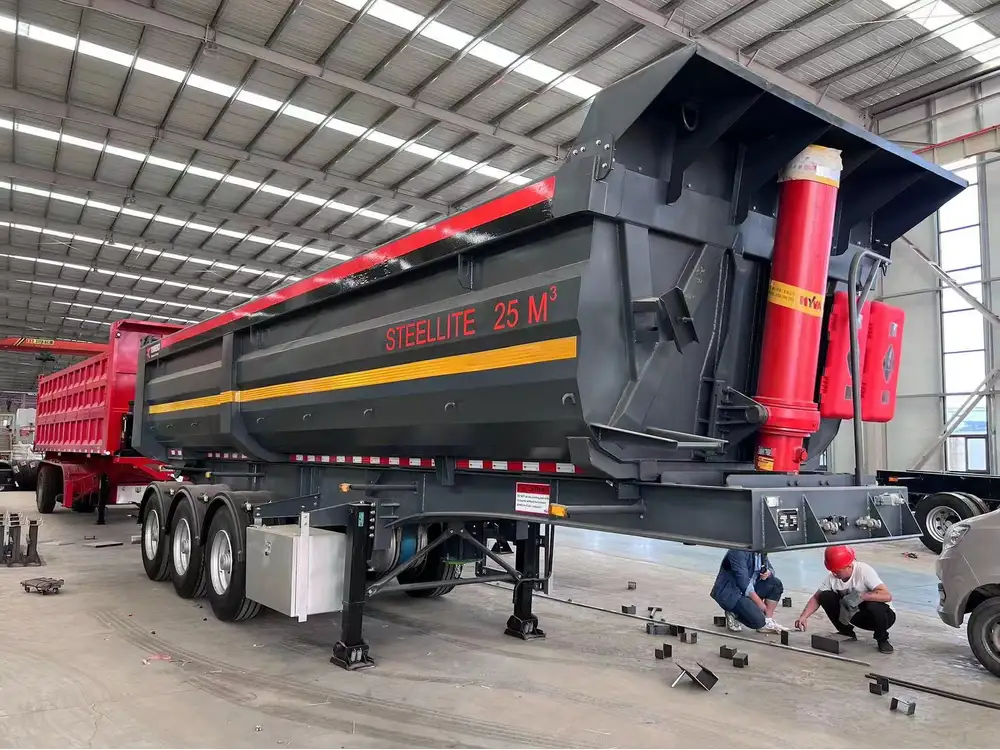
1. Choosing the Right Materials
Selecting the proper materials based on intended use is crucial:
| Material | Advantages | Considerations |
|---|---|---|
| Steel | High strength, durable, suitable for heavy loads | Heavier, requires rust protection |
| Aluminum | Lightweight, rust-resistant, easy to handle | May be more expensive, less weight capacity |
| Wood | Cost-effective, easy to work with | Limited lifespan, may warp or splinter |
2. Sourcing Materials
Evaluate local suppliers or online resources. Aim to procure high-quality materials that fit your budget and project specifications. Consider bulk purchasing for larger projects to reduce costs per unit.
Construction Process

1. Tools and Equipment Required
Here’s a list of essential tools needed for building your ramps:
- Power Drill & Bits: For assembling parts.
- Welders: For metal construction, if needed.
- Saws: Circular saw or band saw for wood or metal.
- Measuring Tape: To ensure precise measurements.
- Level: To ensure an even surface.
- Safety Gear: Gloves, goggles, and masks to protect during construction.
2. Step-by-Step Construction Guide
Step 1: Prepare the Design
Create a detailed sketch of your ramp design including dimensions and materials. This serves as a backbone for construction.
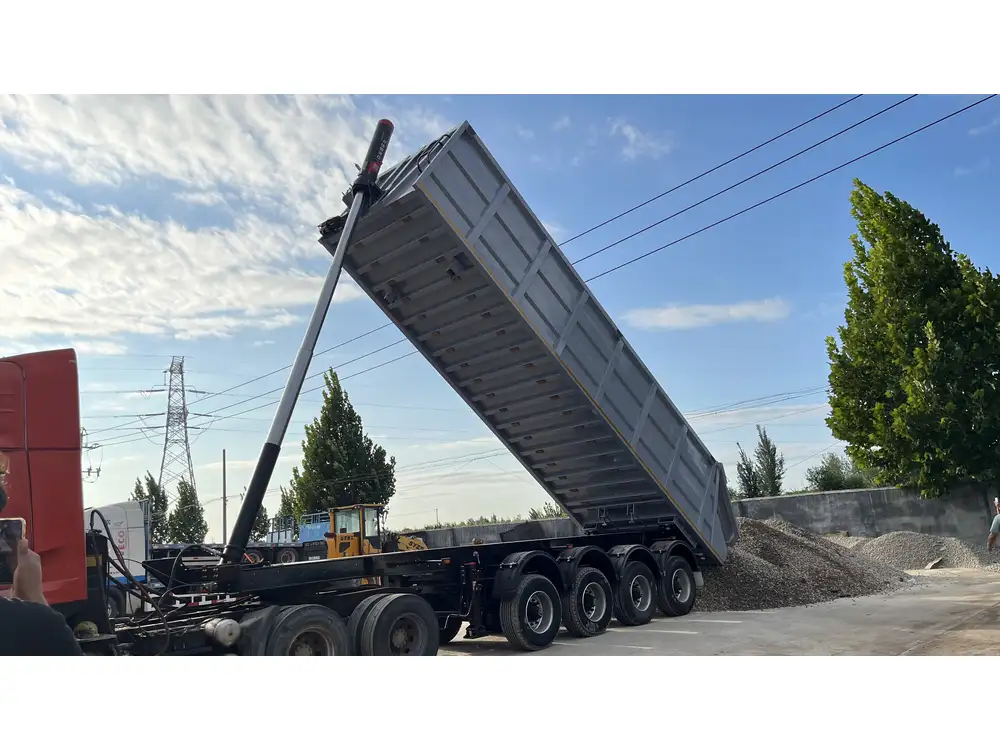
Step 2: Material Preparation
Cut your materials to specified lengths using the appropriate tools. Be sure to sand wooden edges and deburr any metal edges to prevent injuries.
Step 3: Assemble the Ramp Structure
Metal Ramps:
- Lay out steel/aluminum planks on the bolts.
- Secure with appropriate welding techniques.
- Attach side rails and cross braces for stability.
Wooden Ramps:
- Assemble the frame using wood screws, ensuring each joint is secure.
- Attach additional support beams below for heavier loads.
- Finish with a non-slip coating or surface treatment.
Step 4: Greasing the Hinges (if applicable)
For foldable ramps, apply grease to the hinges for smooth operation.
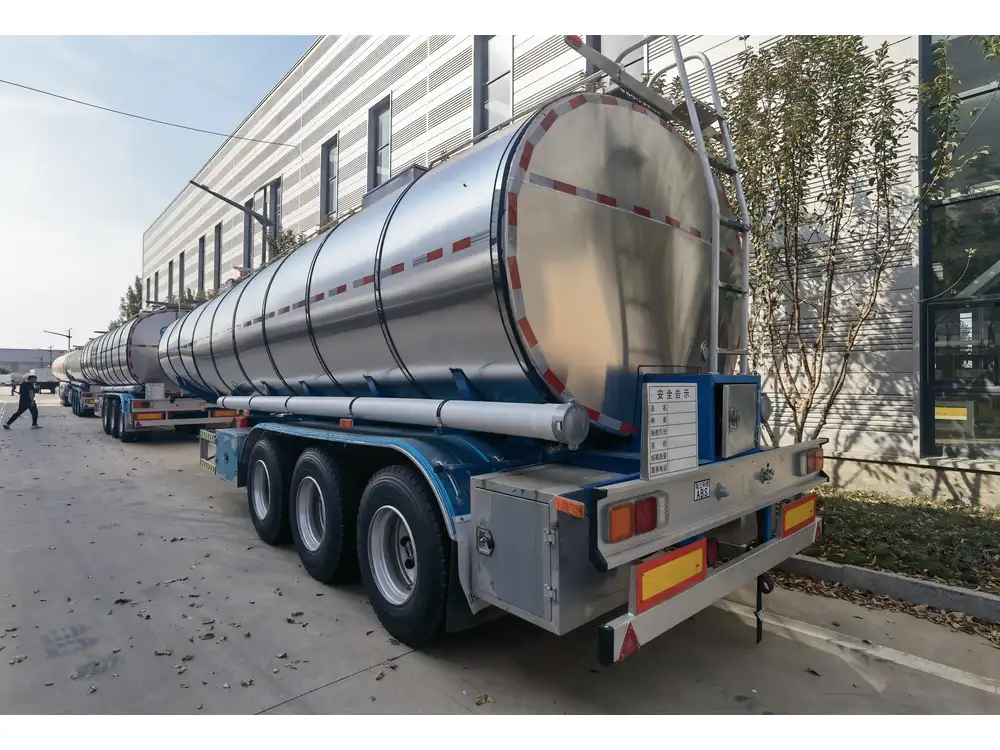
Step 5: Final Assembly
Once all components are constructed, secure them all together. Make sure to double-check that everything aligns correctly.
Step 6: Test Load
Perform a test load with a test weight lower than the maximum capacity to ensure structural integrity.
Safety Considerations
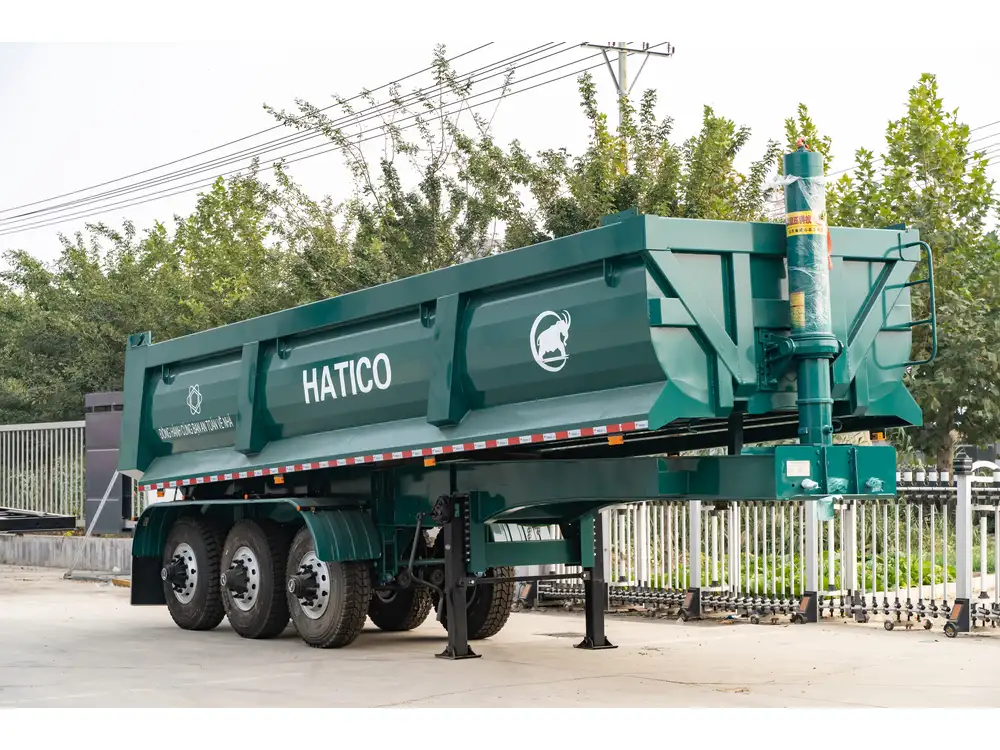
1. Regular Inspection and Maintenance
Conduct a thorough inspection of your loading ramps at least once every six months. Check for:
- Signs of wear or corrosion (for metal ramps).
- Cracks or splinters (for wooden ramps).
- Structural integrity (ensure that bolts are tight and secure).
2. Usage Guidelines
Provide clear usage guidelines for personnel operating around the ramps:
- Loading Protocols: Ensure loads are balanced.
- Insurance of High Visibility: Use cones or markers around the vicinity.
- No Sudden Movements: Ensure equipment operators move cautiously when on ramps.
Conclusion
Building dump trailer loading ramps necessitates careful planning, material selection, and construction work. Through a clear understanding of your needs and following the outlined guidelines, you can create loading ramps that enhance the operational versatility of your dump trailer and ensure safety during use. By investing time and effort into the ramp construction, the efficiency of loading and unloading operations can be greatly enhanced, thereby contributing to increased productivity and safety in your operations.



